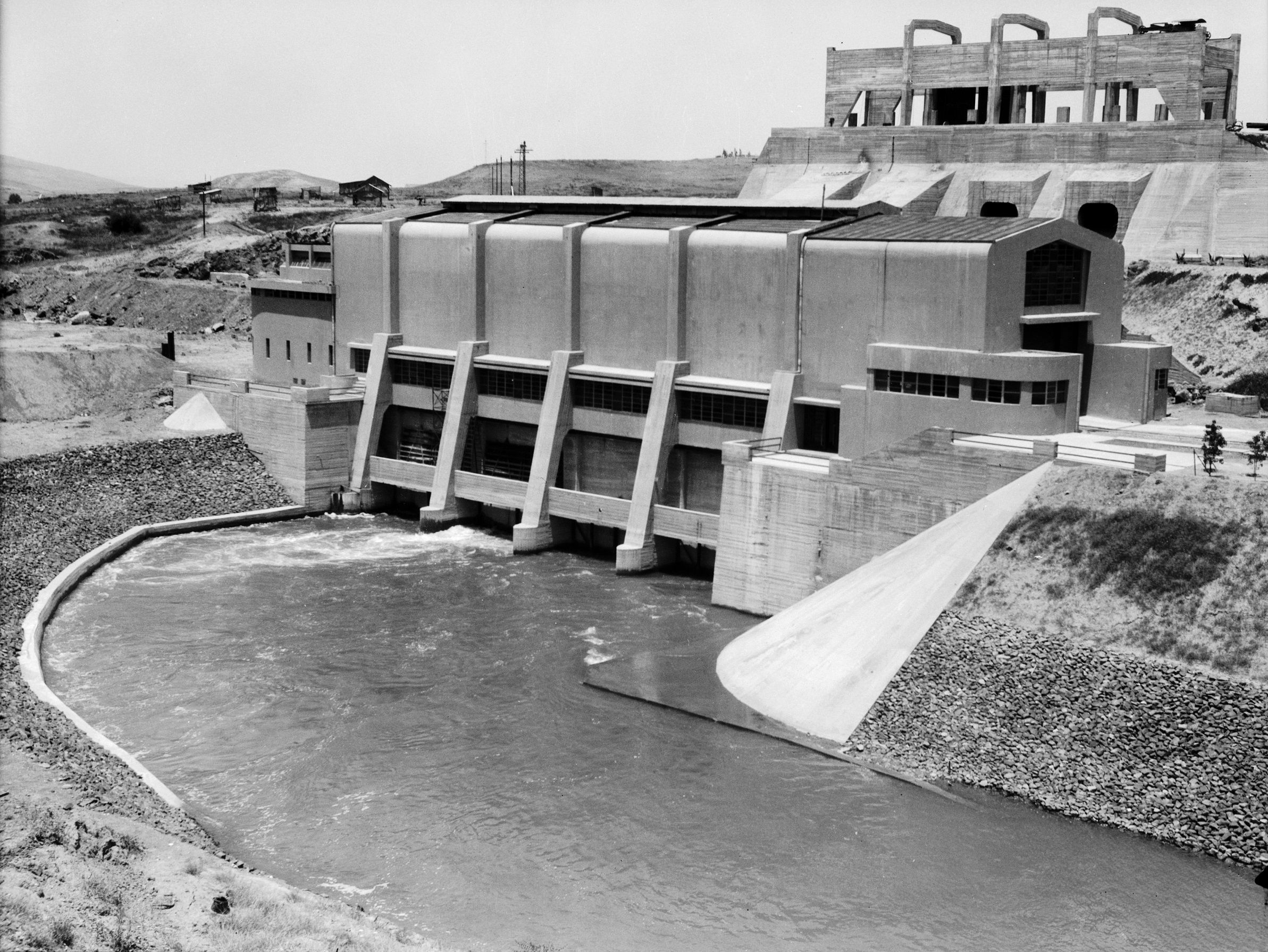
February 5, 1879
Engineer and activist Pinhas Rutenberg, who is credited with bringing electricity to Palestine during the British Mandate, is born in the small town of Romny in present-day Ukraine.
While working in a factory in St. Petersburg at the start of the 20th century, Rutenberg becomes involved in Russian revolutionary politics. He participates in the Bloody Sunday protest in January 1905 as part of the Socialist-Revolutionary Party and is forced to flee Russia for Italy in 1907. He returns to Russia in 1917 after the ouster of the czar but is an opponent of the Bolsheviks and eventually leaves for good in 1919.
In Italy, he learns hydraulic engineering and is drawn to Zionism. During World War I, he helps Ze’ev Jabotinsky and Joseph Trumpeldor form the Jewish Legion to fight with the British army. During a tour of the United States in 1915 to win support for the idea, he helps found the American Jewish Congress and completes the design for a way to use dams to generate electricity and provide irrigation in the Land of Israel. He also publishes the book “The National Revival of the Jewish People” under the name Pinhas Ben-Ami.
He joins other Zionist leaders to lobby the Paris Peace Conference in 1919, then settles in Palestine with the financial backing of Baron Edmond de Rothschild to develop the electrical system there. He helps Jabotinsky establish the Haganah self-defense force in 1921, the same year he wins the British concession to build the electrical grid for the Jaffa area.
He first develops a grid powered by diesel plants, starting in Tel Aviv, under the control of the Palestine Electric Co., which he founds. He opens his long-planned hydroelectric plant at Naharayim on the Jordan River in 1930, and his company supplies electricity to all of Mandatory Palestine except Jerusalem.
At the start of World War II, Rutenberg serves as the president of the Vaad Leumi (the Jewish National Council), where he tries to foster coexistence between Jews and Arabs. He dies Jan. 3, 1942, after a long illness. A power station near Ashkelon is named for him.
